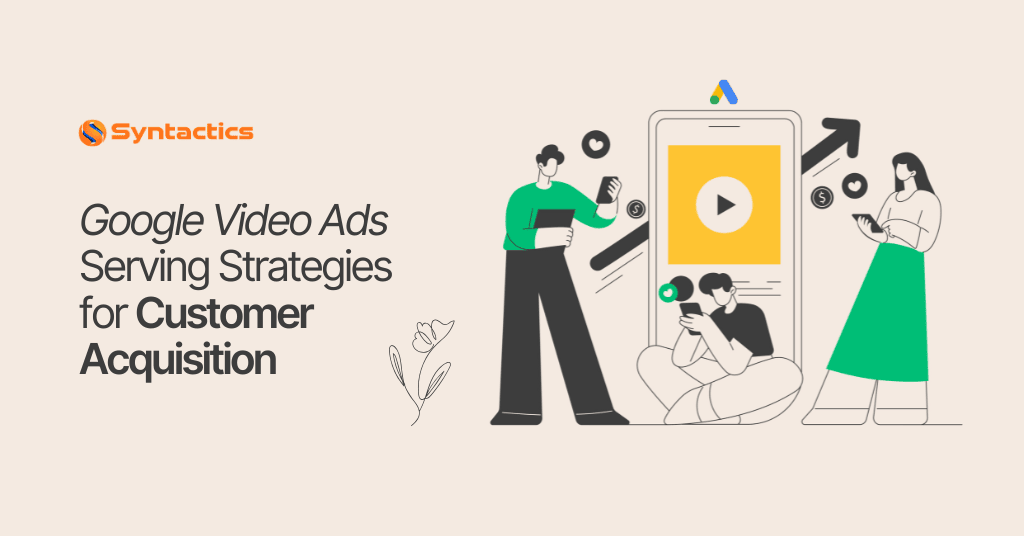
Google Video Ads Serving Strategies for Customer Acquisition
Leverage Google video ads to enhance your customer acquisition strategies. Discover the right video format for your business.
Google video ads do more than just showcase a product or a service; they’re a strategic tool to tell stories, build brands, and drive conversions.
According to 75 Staggering Video Marketing Statistics, over half of marketers worldwide said that video content provides the best Return-On-Investment (ROI). This is the main reason why putting videos into your online campaigns is an essential strategy for businesses wanting to thrive in a competitive landscape.
Key Takeaways
- Studies show that 75% of consumers made at least one purchase after watching a video ad, highlighting its impact on buying decisions. [Forbes]
- Google video ads reach audiences across YouTube, Discover Feed, and over three million partner sites, ensuring multi-device visibility.
- Google’s flexible bidding models (Target CPA, Maximize Conversions) optimize ad spend by targeting high-intent users, balancing cost and performance.
- Video advertising, when done effectively, ensures seamless access to the right audience across all devices.
TABLE OF CONTENTS
Understanding Video Ad Types and Their Key Objectives
Serving Strategies for Google Video Ads
Most Important Metrics to Track and Evaluate Video Ad Performance
Best Practices for Creating Effective Video Ads
Common Mistakes of Video Ad Campaigns and How to Avoid Them
Understanding Video Ad Types and Their Key Objectives
Businesses can create a compelling campaign in various formats to engage customers via YouTube and across partner sites. With the help of Pay-Per-Click (PPC) management services experts, business owners can achieve significant results from their chosen video advertisement.
Below are the various types of video ad formats available on Google:
TrueView Ads
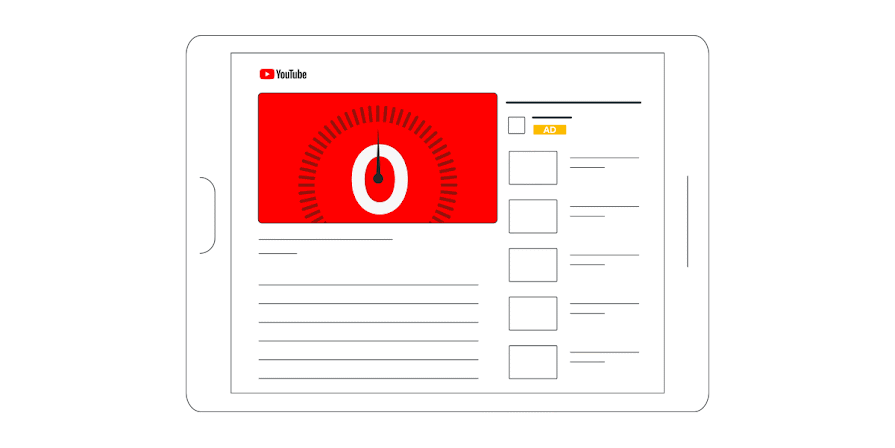
This format offers flexibility for marketers and choice for viewers. TrueView Ads are cost-effective because advertisers only pay when a viewer engages with the ad.
TrueView ads are divided into two categories — in-stream ads (also known as skippable video ads) and discovery ads (formerly called in-feed ads).
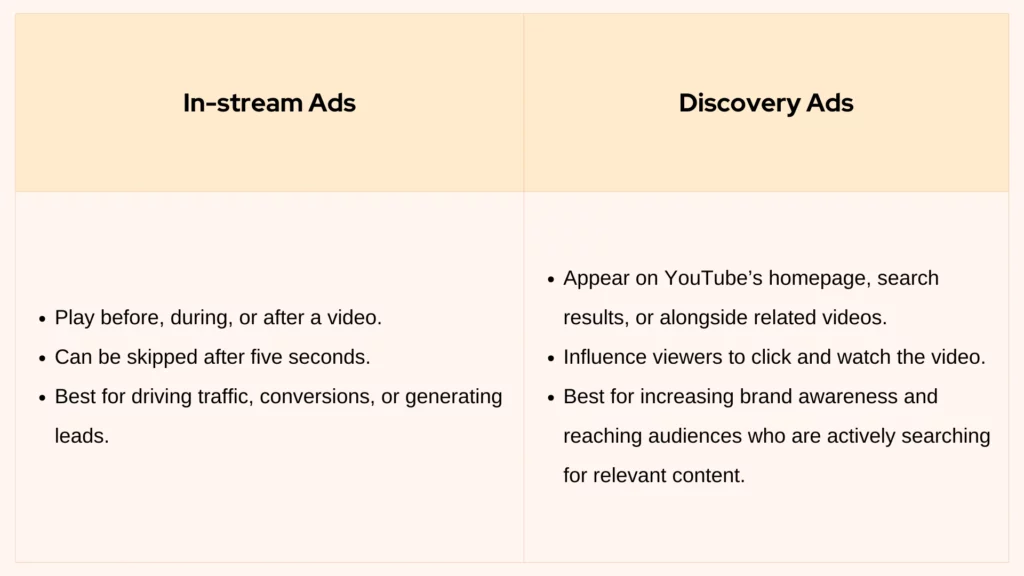
Non-skippable In-stream Ads
This video ad format lasts between 15 and 20 seconds and plays before, during, or after a video. Therefore, viewers watch the entire ad before proceeding to their next action.
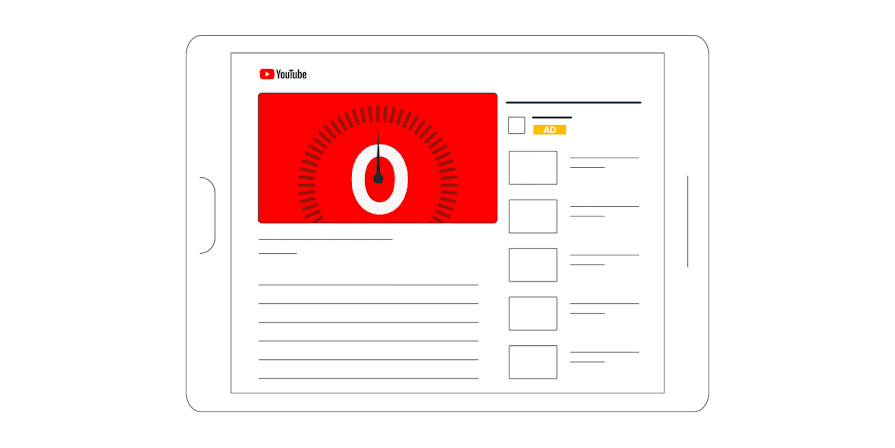
OBJECTIVE:
It is designed to deliver a complete and compelling brand or product message without viewers skipping. Thus, it is an effective ad for product launches or building strong brand narratives.
Bumper Ads
These are six-second non-skippable ads that offer quick messages to the viewers for awareness or reinforce other ads.
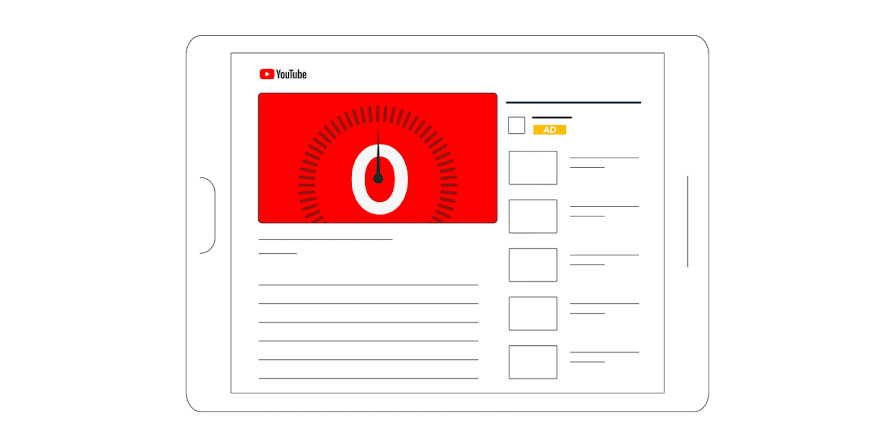
OBJECTIVE:
Bumper ads are highly recommended for boosting brand recall and raising awareness. These ads are the most effective format when used in tandem with bigger campaigns or to support key messaging.
Masthead Ads
These are premium ad formats that appear at the top of the YouTube homepage. They are highly visible video ads for 24 hours. In addition, masthead ads include a video thumbnail and a customizable Call-To-Action (CTA)
OBJECTIVE:
Masthead ads are best for massive campaigns, such as product launches or major promotions. This type of video format is designed to reach millions of users quickly and generate buzz.
Outstream Ads
These are mobile-only ads that autoplay without sound on Google Video Partner (GVP) sites and apps outside YouTube. Users can watch and tap to unmute the entire ad.

OBJECTIVE:
Out-stream ads are excellent for businesses wanting to reach audiences on mobile devices. They’re ideal for driving impressions and enhancing visibility.
Serving Strategies for Google Video Ads
As mentioned, video ads offer unparalleled reach and engagement but require strategic optimization to maximize your ROI.
Here’s how to optimize your campaigns using video ads on Google:
Leverage Audience Targeting
Use Google’s robust audience segmentation tools to deliver ads to the right viewers. Layer demographics, interests, and behaviors (e.g., in-market audiences) to refine targeting. Retarget users who’ve interacted with your website or YouTube channel to boost conversion potential.
Optimize Ad Placement
Prioritize YouTube placements, including in-stream (pre/mid/post-roll), YouTube Shorts, and video discovery ads. Expand reach via the Google Video Partner network while excluding low-performing sites. Use placement reports to identify top-performing channels and adjust bids accordingly.
Adopt Flexible Bidding Strategies
Align bidding with goals:
- Target CPM for brand awareness,
- Target CPV (Cost-Per-View) for engagement, or;
- Maximize Conversions for direct response.
Allocate higher bids to high-value audiences or peak engagement times.
Focus on Creative Optimization
Capture attention in the first 3–5 seconds with bold visuals or hooks. Keep videos short (between 15–30 seconds) and include clear CTAs. Test multiple creatives using A/B testing and ensure mobile-friendly vertical formats for Shorts.
Manage Ad Frequency
Avoid ad fatigue by capping impressions per user. Balance reach and frequency using Google’s frequency management tools, ensuring that your message resonates without overwhelming viewers.
Monitor Performance Metrics
Track view rates, Click-Through Rates (CTR), and conversion metrics. Adjust targeting, bids, or creatives based on real-time data. Use Google Analytics to attribute video views to downstream actions.
Check out this chart when selecting a video ad format:

Most Important Metrics to Track and Evaluate Video Ad Performance
Advertisers can gain valuable insights into their video ads performance by closely tracking and evaluating the most critical metrics and optimizing campaigns for better results.
Here are the primary Key Performance Indicators (KPIs) to consider:
View Rate
This metric signifies the percentage of times an ad is viewed compared to the number of times it was served. A higher view rate means that your ad is engaging and relevant to the audience.
View Rate = Number of Views / Number of Impressions x 100
Error Rate
This kind of metric tracks any issues that prevent the ads from being served properly, such as corrupted media files or timeouts. Monitoring error rates helps advertisers in ensuring that technical problems don’t hinder ad performance.
Error Rate = Number of Errors / Number of Won Impressions
Dropoff Rate
Also called as a View-Through Rate (VTR), this metric measures the percentage of viewers who disengage the ad before it ends. A high dropoff rate means that the content is not engaging enough or too long to catch the audience’s attention.
Dropoff Rate = Total Completed Views / Total Measured Impressions x 100
Abandonment Rate
This represents the percentage of users who start watching the video ad but leave before finishing it. This usually happens when users close their browsers or navigate away from the site. A high abandonment rate indicates poor audience engagement, often caused by low-quality video ads or targeting the wrong audience.
Abandonment Rate = Complete Skip Button Shown / Start
Skip Rate
This performance metric tracks the percentage of users who skip viewing a video ad.
Skip Rate = Number of Skipped Ads / Total Ad Impressions x 100
Impressions
This metric helps advertisers measure how many times a video ad was displayed to users, regardless of whether they watched it or not. As such, it helps gauge the reach of an ad campaign.
Clicks and Click-Through Rate
The CTR is calculated based on the number of clicks on interactive elements within an ad, such as links or Calls-To-Action (CTA). A high CTR means an ad is effective, encouraging viewers to take the desired action.
Audience Retention
CTR = Clicks / Impressions x 100
This metric tracks how long viewers watch the video ad before dropping off. Evaluating audience retention helps identify which parts of the video ad are the most engaging or where viewers lose interest.
Audience Retention = Number of Views Retained / Total Video Views
Conversion Rate
This performance metric measures the percentage of viewers who take action after watching the ad. This includes making a purchase, signing up for a newsletter, or downloading material. A high conversion rate indicates effective messaging and targeting.
Conversion Rate = Conversions / Views x 100
Cost Per View
CPV is the amount paid for each view of the video ad. This metric can help track the efficiency of your ad spend.
CPV = Total Ad Spend / Total Views
Return On Ad Spend
ROAS measures the generated revenue for every dollar spent on a video ad. This KPI measures the overall effectiveness and profitability of an ad campaign.
ROAS = Revenue from Ads / Total Ad Spend
Best Practices for Creating Effective Video Ads
Businesses can continuously tap an expert PPC management services agency to craft and optimize their video ads. With their highly specialized skills, rest assured that your ad campaign can drive meaningful engagement and conversions.
Here are the best practices every expert marketer employs:
Keep the Video Ad Short Yet Engaging
Google usually recommends a 15-second video ad, but it can still be effective up to 120 seconds. Communicating the message clearly with the first few seconds captures the audience quickly and prevents viewer drop off.
Use High-Quality Videos
Aim for High Definition (HD) quality visuals to enhance and retain viewer experience, brand perception, and attention.
Ensure compatibility across all devices and platforms with common formats like MP4 for videos.
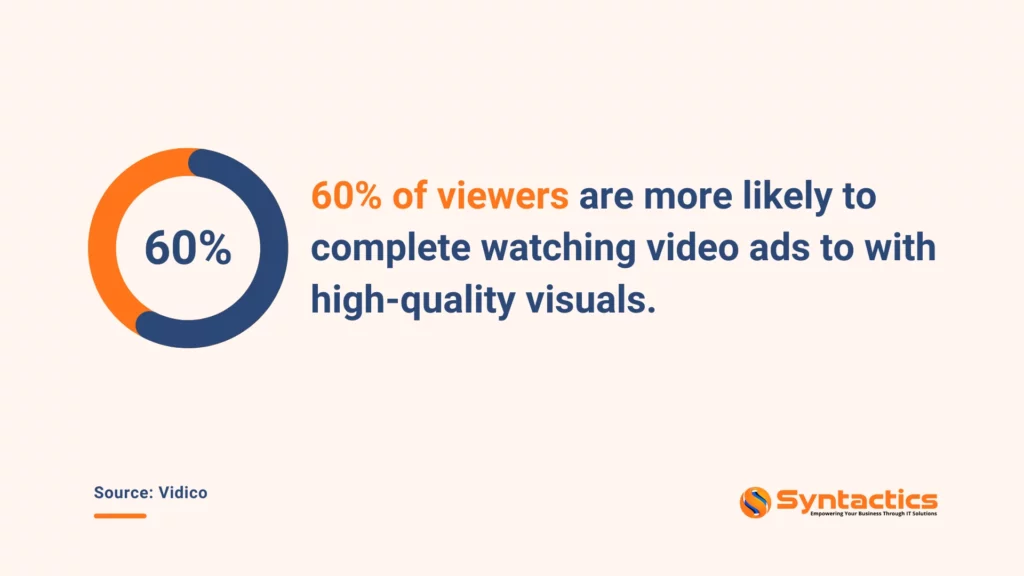
Source: Vidico.
Optimize Headlines and Descriptions
Headlines can have up to a 40-character limit, while descriptions can have up to 35 characters each. Effectively utilizing the maximum character limit and Incorporating strong Calls-To-Action (CTAs) encourages viewers to engage with your video ad or visit your website.
Test Different Formats
Continuous refinement benefits even the best-designed video ad. Experiment with different ad formats, lengths, and creatives to identify which resonates best with your audience.
Formats available: horizontal (16:9), vertical (9:16), and square (1:1)
Leverage Thumbnails and Companion Banners
Capture the viewer’s attention with attractive thumbnails and companion banners. Ensure they are within the required size and format limits.
Size requirements: 16:9 aspect ratio, less than 2 MB.
Focus on Audience Targeting
To align with your marketing goals, ensure that the most relevant audience sees your ads. A PPC expert can help you utilize Google’s advanced targeting options to connect with targeted demographics, interests, or behaviors.
Incorporate Emotional Storytelling
Compelling stories through video ad content evoke emotions, engage and connect viewers. This enhances viewer retention and brand recall.
Utilize User-Generated Content
Showcasing real customers using or enjoying your product can also enhance the authenticity and trustworthiness of your ads, making them more relatable.
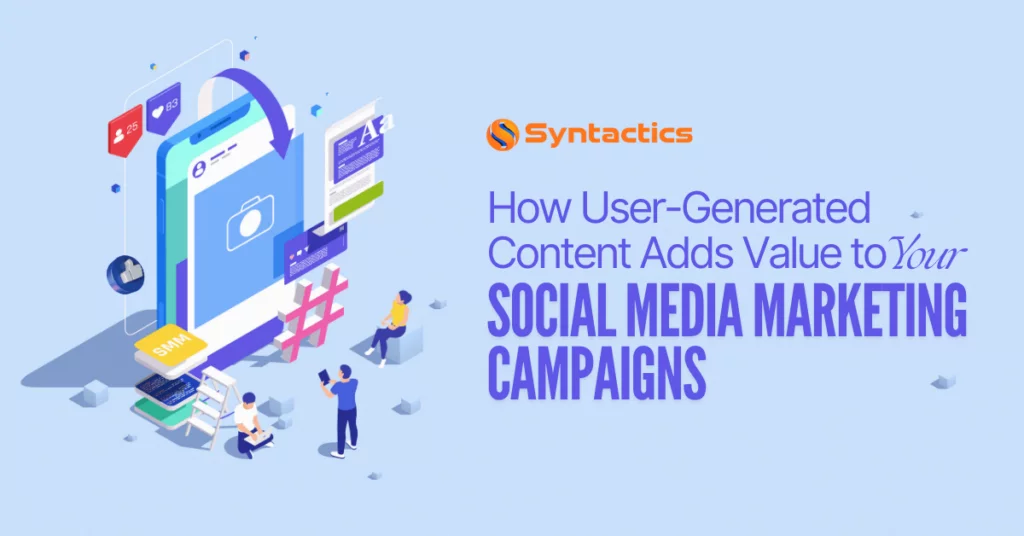
Implement the ABCDs of Video Ads
Focus on four key principles:
- Attention: Grab viewers’ attention quickly.
- Branding: Ensure brand visibility throughout the ad.
- Connection: Build a connection with the audience.
- Direction: Provide clear next steps for viewers.
Common Mistakes of Video Ad Campaigns And How to Avoid Them
A successful video ad campaign requires more than just visuals and a compelling message — implementing the best advertising techniques can further maintain momentum. Ensure all your marketing efforts pay off by avoiding mistakes and maximizing effectiveness.
Fortunately, a skilled PPC campaign management services provider has some actionable steps to avoid them:
Focus More on Selling
Videos that come off as hard sales pitches can turn viewers away. Consumers already know what they want and need. Instead of promoting your brand, focus more on the value through entertaining or pinching their emotions.
Not Defining Clear Objectives
Vague objectives like “increase visibility” or “boost sales” make it difficult to measure success or optimize performance.
How to Avoid It:
Set SMART (Specific, Measurable, Achievable, Relevant, and Time-bound) Goals and align your goals with the ad type. For instance, use bumper ads for brand awareness or TrueView for conversions.
You can also track key metrics (e.g., CTR for engagement, conversion rate for sales, etc.) to ensure goals are measurable.
Ignoring Mobile Optimization
According to a MarketingDive report, over 75% of consumers use mobile devices to watch video content, while 87% are watching through tablets. Failing to optimize ads for mobile leads to poor user experiences and low engagement.
How to Avoid It:
- Use vertical or square video formats to cater to mobile users.
- Keep videos short and engaging, especially for mobile-first audiences.
- Test your ads across devices to ensure they load quickly and display correctly on mobile.
Overloading Ads with Too Much Information
Adding too much information into a single video can overwhelm viewers and detract from the main message.
How to Avoid It:
Focus on a single key message per video. If you have multiple points to convey, consider creating videos that build on each other. Ensure you also include a direct and specific CTA at the end of your videos. This will guide viewers on the next steps, whether it’s visiting your website or signing up for a newsletter.
Failing to Implement SEO Practices
Prioritizing SEO enhances the visibility of your video ads in search results, resulting in wider audience reach.
How to Avoid:
Optimize your video titles, descriptions, and tags with relevant keywords. Also, consider adding transcripts for better accessibility and SEO benefits.
Conclusion
As a bottom line, the best video ad serving strategies for customer acquisition include the following:
- Keeping videos concise;
- Ensuring high production quality;
- Implementing effective SEO strategies;
- Optimizing for mobile, and
- Providing clear Calls To Action.
Regularly tracking and analyzing performance metrics will also help refine future campaigns for better results.

FAQs
What is the ideal length for a video ad?
The ideal length depends on the format. Bumper ads last 6 seconds, while skippable TrueView ads perform best between 15–30 seconds. A message that is concise, engaging, and delivered quickly can retain viewer attention.
Should I invest in professional video production?
Professional production can enhance your brand image, but working with a PPC expert team enables businesses to create high-quality video content for advertising. It’s essential to prioritize creativity, clarity, and messaging over costly production.
Even budget-friendly videos can perform well. Contact us to learn more.
Can video ads help with brand recall?
Yes, Google video ads are highly effective for brand recall. Formats like bumper ads or skippable in-stream ads leave lasting impressions, especially when paired with strong visuals and a clear, memorable message.





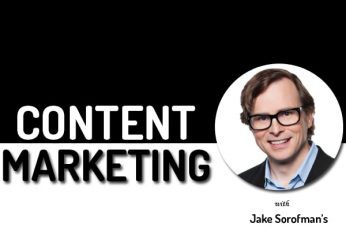

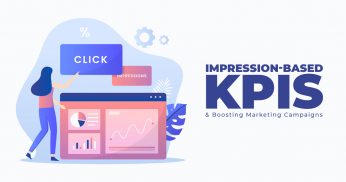

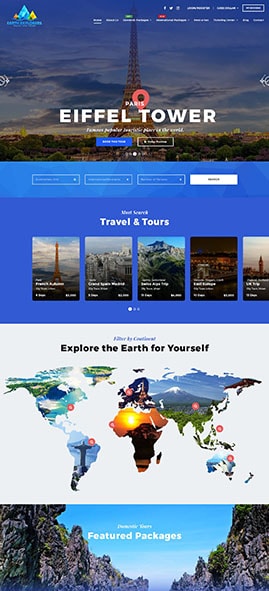
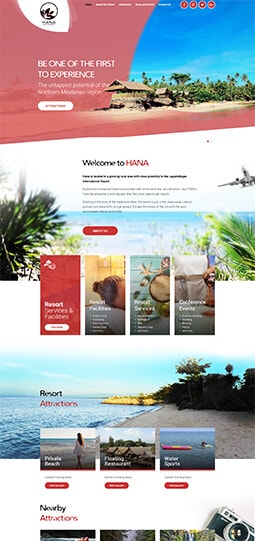
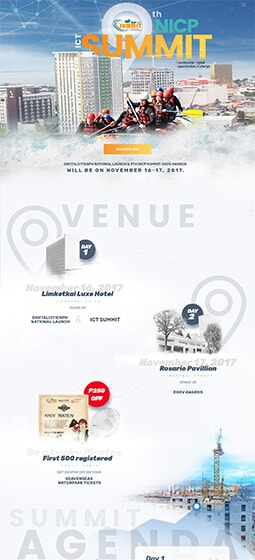


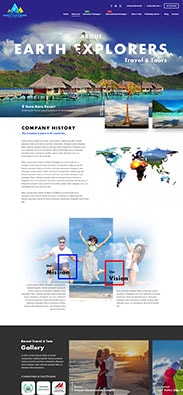

Comment 0